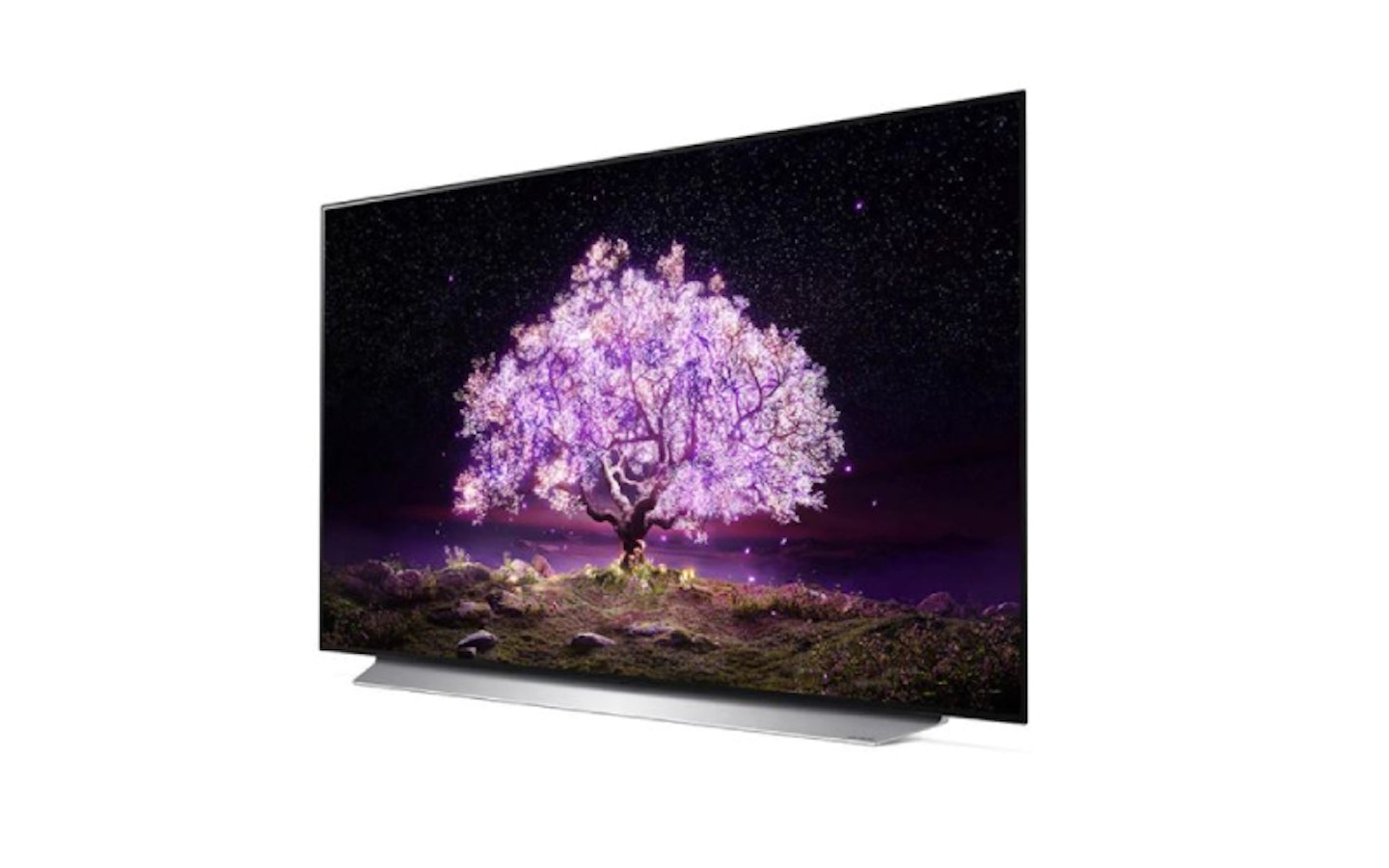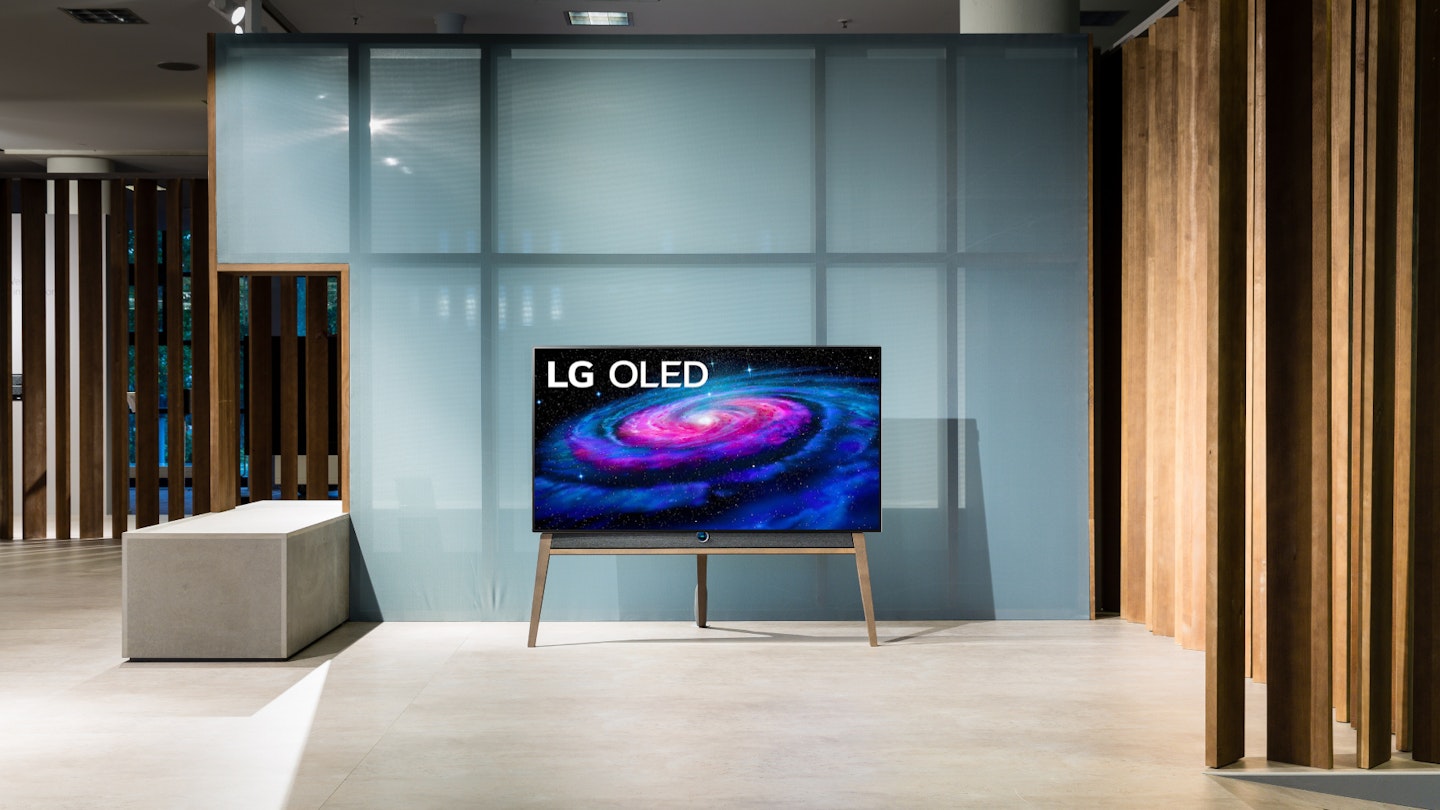Organic Light-Emitting Diode displays, also known as OLED, have gained traction in recent years due to their unique self-illuminating quality - making their way into the best TVs. It produces vibrant colours and excellent contrast. The technology hit the market at a steep price point, and though prices have fallen, OLEDs are still considered to be high-end displays, particularly in comparison to the traditional LED and LCD panels.
Whether you’re looking to upgrade to an OLED panel TV, or are just interested in the tech, then you’re in the right place. Read on for our introductory guide to OLED, where we see how the tech weighs up against other displays and, ultimately, whether it’s worth it.
What is OLED?
OLED is a premium TV display panel technology owned and developed by LG and is considered by most to be the best on the market. Unlike in LED and LCD displays, OLED screens do not require a backlight panel. Instead, OLED TVs have a unique property whereby each pixel emits its own light and colour.
The self-lighting quality of OLED pixels results in the production of darker and blacker blacks, sometimes referred to as ‘true black’. The ability to show true black means that OLED TVs have a high contrast ratio and colour depth, which in turn leads to them displaying a more realistic image. This is something that cannot be achieved in standard LCD and LED displays due to the use of a backlight.
Related: The Best 65-Inch TVs: OLED, QLED and 120Hz refresh rates
What are the benefits of OLED TV?
From thinner screens to optimal picture quality, OLED TVs provide a host of benefits. We’ve outlined the main benefits below:
High contrast
In OLED TVs, true black can be achieved because pixels can switch off entirely and emit no light. In comparison, traditional display technologies have a backlight, meaning a true black cannot be achieved, even when using advanced dimming features. The true blacks of an OLED display result in a higher contrast ratio and improved picture quality.
Efficient power consumption
In LCD and LED displays, energy is constantly emitted through the backlight, whereas OLED pixels only draw power when they are in use. This means that OLEDs consume less energy and are more efficient than their competitors.
Thinner screens
Given that OLED TVs don’t require backlighting panels, they can be very thin compared to other TV display technologies.
Great viewing angles
OLED viewing angles are much better than that of LED displays, at around 84-degrees in width from the centre, without contrast or colour deterioration.
Related: The best 40-inch smart TVs

What is the difference between OLED and LED?
As we’ve already mentioned, the main difference between OLED and LED technologies is that OLED TVs are self-illuminating while LED TVs require a backlight. This means OLEDs provide a higher contrast ratio and a more realistic image.
The viewing angles of OLED TVs are also superior, at 84-degrees from centre. In contrast, the optimal visual quality in LED TVs is dead in the centre, with a maximum viewing angle of 54-degrees. OLEDs are also thinner, consume less energy and have higher refresh rates.
When it comes to brightness, LEDs hold a significant advantage over OLEDs. This is due to powerful LED backlights and quantum dots that boost the quality even further. The backlight that LEDs use to display an image produces, at times, more than double the light of an OLED TV. This can mean that some OLED TVs are not suitable for brightly lit rooms.
In terms of price, while OLED TVs have come down considerably since their first entry into the market, they are still not as affordable as LED TVs. OLEDs typically begin at around £1,000, while the starting point of LED TVs can be as low as £150.
Related: What size TV should I buy?
Should I buy OLED or QLED?
Quantum Light-Emitting Diode displays, commonly known as QLEDs, are a premium version of LED technologies developed by Samsung.
When choosing between OLED and QLED, it’s important to note the pros and cons of both.
While QLED TVs use quantum dots to increase light and colour, they still emit light in the same way that standard LED displays do – with a backlight. This means that QLEDs cannot produce the high contrast ratio and true black levels that OLED panels are capable of. OLED TVs also have better viewing angles and are more energy efficient than QLED TVs.
Having said that, QLEDs come out on top in terms of brightness, screen size and, by a small margin, cost.
While you can’t go wrong with either, OLED is superior in terms of picture quality and is the best option for watching movies and TV shows.
To find out more about QLED, check out our article here.
.jpg?auto=format&w=1440&q=80)
Related: Best 50-inch smart TVs in 2021
What is burn-in?
OLED burn-in refers to the gradual degradation of its pixels. Naturally, when an OLED pixel is lit for a certain amount of time, it will start degrading faster than its surrounding pixels. This results in discolouration or dimming in some areas of the display.
The term ‘burn-in’ was most often used to describe the old CRT monitors (think old-fashion, boxy TVs), where phosphor compounds would slowly wear out, creating the appearance of a ghostly, burned-in image.
The truth is, while OLEDs are susceptible to burn-in, the chances of it happening with contemporary sets are pretty low. Unless you are repeatedly displaying a static image at the highest brightness level without ever changing the channel, then burn-in shouldn’t be a problem for you.
Is OLED better than 4K?
OLED and 4K refer to two entirely separate things. OLED is a type of TV display panel, while 4K is a type of resolution. OLED creates displays with different resolutions, including 4K.
Related: The best 4K TVs under £500
Is OLED better than LED?
Overall, yes. OLED TVs outperform LEDs in most categories including picture quality, energy consumption and viewing angles. OLED TVs are also thinner.
Is OLED better for the eyes?
OLED displays release 50% less blue light than LED displays, according to the International Electrotechnical Commission. OLEDs also have a lower flickering rate, which reduces eye strain and fatigue.
Is OLED really worth it?
Yes. All in all, if your budget allows, OLED TVs will provide you with the best viewing experience. With an unmatched contrast ratio, black levels and rich images, an OLED TV is definitely one to beat.
